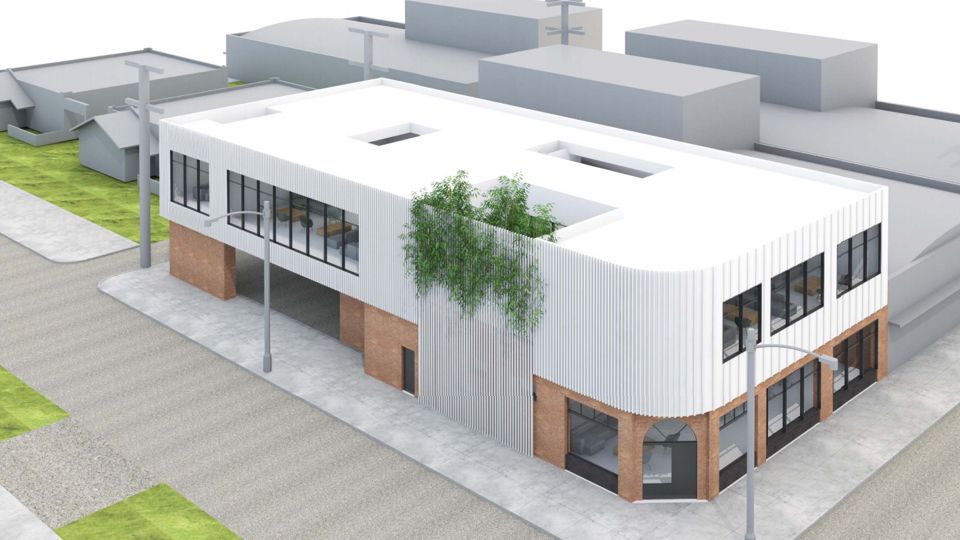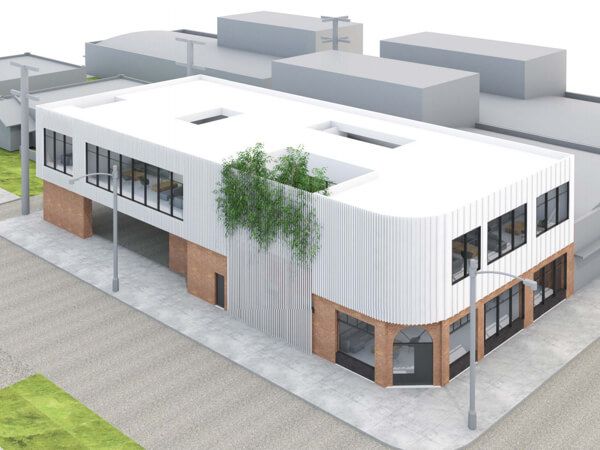Our experience doing similar redevelopments in the Los Angeles market has helped us to obtain the necessary approvals for this investment in an expedient manner.
We’re pleased to report that we’ve received our ready-to-issue (RTI) permit for our first project in LA. The issuance of RTI permits typically represents the last stage of the pre-construction approval process, as explained in the graphic below. With this progress, we expect to begin construction of the base building (i.e. its foundation, external shell, vertical beams, etc.) shortly. While we cannot guarantee a precise timeline, we expect to complete this work within approximately six months.

In order to minimize downtime and maximize profitability, we are concurrently working on leasing and tenant planning. At this point, we have made promising headway in leasing negotiations, having already executed a Letter of Intent with a tenant who is expected to occupy a majority of the building. While we cannot disclose specific information (as we are still in negotiations), we can say that the prospective tenant is a well-known growing creative media company with ties to the entertainment industry that we believe is an excellent fit for both our property specifically and the overall corridor.
We are working now to design a custom build-out that will feature a rustic industrial aesthetic, and hopefully serve to meet the needs of the business as it continues to grow.
The surrounding area continues to experience significant growth. Its historic buildings, many of which were erected between 1880 and 1925, were constructed during a period when the neighborhood had been one of the wealthiest areas in the city. However, it saw private investment dwindle following the development of the West Side of LA and the Santa Monica Freeway. Today, however, the recently opened Metro Expo Line is spurring development along the corridor, and a new wave of residents and businesses is gravitating toward the area, resulting in increasing values for both commercial and residential properties.
Investor FAQ: How does an individual project impact your portfolio?
This asset is structured as an equity investment, in accordance with Opportunity Zone legislation requirements. Also in line with the unique stipulations of this program, we intend to double the basis of the building with capital expenditures within 30 months of its acquisition.
We expect these improvements to be financed entirely using the proceeds of investors’ capital gain rollovers. We continue to monitor investment inflows and projected capital outflows, expeditiously matching dollars received from investors with deployed capital to ensure the fund’s ongoing compliance with Opportunity Zone legislation.
Because we intend to elect REIT status for the Fundrise Opportunity Fund, any net rental income generated by this property may be disbursed to investors in the form of income dividends. That said, we intend to look for ways to minimize taxable income and only distribute the minimum required under REIT regulations, so that we may maximize the proportion of investment returns that may be tax sheltered. Meanwhile, the new 20% deduction for qualifying REIT income may further attenuate any tax liability associated with distributed income, though this should not be construed as tax advice and individual circumstances will vary.

